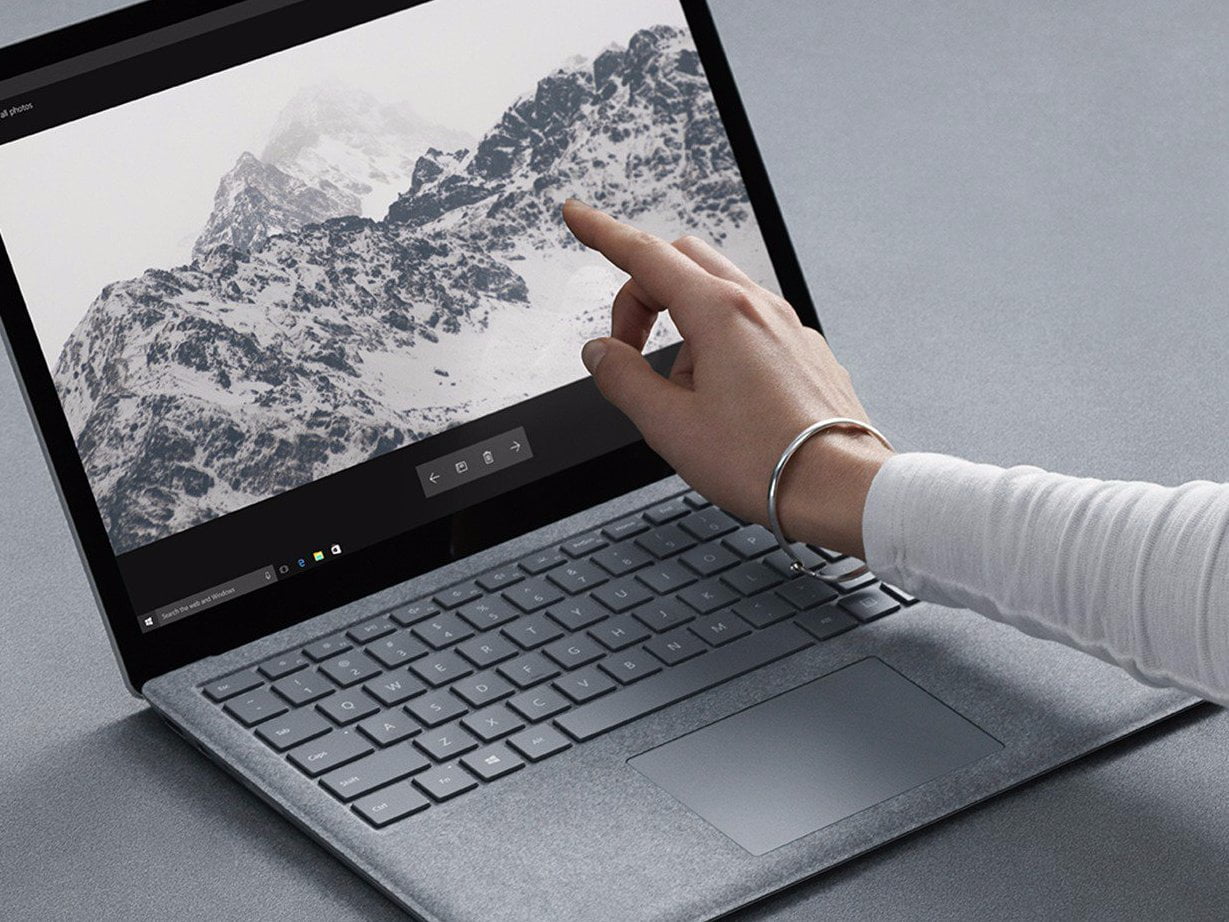 Microsoft Surface LaptopMicrosoft
Microsoft Surface LaptopMicrosoft
This week, Microsoft made a pair of closely-related announcements: First, the $999 Surface Laptop, a MacBook rival pitched at college students, and second, the lightweight Windows 10 S operating system, which will also power the new laptop.
In both cases, it’s a big furthering of Microsoft CEO Satya Nadella’s longtime insistence that the key to Windows 10 succeeding is just making sure people like Windows 10. Building a slick new laptop, and a super-fast new version of Windows 10 to power it, might well win over some Mac converts.
The upside for Microsoft is pretty strong, too, competitively speaking. The Surface Laptop looks to reinforce Microsoft’s challenge to Apple as the premium hardware manufacturer of choice, and Windows 10 S is a shot at Google’s fast-growing Chrome OS.
But in both cases, Microsoft is running right up against the limits of its Windows strategy, too. And whether these initiatives succeed or fail will say a lot about the future of the Windows operating system. Here’s why.
Contents
Surface Laptop
Succeed or fail, all eyes will be on the Surface Laptop as a bellwether of Microsoft’s ambitions in hardware.
The unveiling of the Surface Laptop came less than a week after Microsoft’s latest earnings, which revealed that revenue in the Surface hardware division had shrunk by $285 million, or 26%, as other companies started releasing their own, price-competitive rivals to the Surface Pro tablet.
While there’s a case to be made that having more Surface competitors is a good thing for Windows (after all, Microsoft is a software company first and foremost), it’s not a great look for Microsoft, which insists it’s in the hardware business for the long haul.
Just as concerning, Microsoft’s flagship 18-month-old Surface Pro 4 tablet, the anchor of the Surface lineup, is nearing the end of its lifecycle — and the rumored Surface Pro 5 is nowhere to be found.
 Jeff Dunn/Business Insider
Jeff Dunn/Business Insider
Furthermore, Microsoft has always walked a fine line with the Surface hardware lineup: The goal of the Surface business, Microsoft has long said, is to build hardware that pushes Windows forward. The original Surface tablet was built because PC manufacturers were reluctant to add touchscreens, for instance.
But making its own PCs puts Microsoft into competition with the companies it relies on to build Windows devices. While just about every PC manufacturer is building at least one laptop based on the Windows 10 S operating system, it’s going to be the Surface Laptop that gets the spotlight. That could potentially alienate partners and discourage them from embracing the new Windows.
Windows 10 S
At the same time, Windows 10 S comes at a tipping point for the company. With Windows 10, Microsoft has challenged Apple’s position as the premiere platform for creatives and other power users. But Google’s Chrome OS is the most popular operating system in American classrooms, and Windows 10 S is answering that challenge.
See, Windows 10 S promises big boosts to performance, security, and battery life, powering low-cost laptops and tablets that can present a challenge to Google’s Chromebooks.
Those perks come at the cost of only being able to download apps from the Windows Store. On the surface (har har) that seems like a limitation, which it will be for many Windows 10 S users. It means no Google Chrome, Steam, or automatic Dropbox file syncing on Windows 10 S.
 Microsoft
Microsoft
But if and when Windows 10 S is a hit, it stands to attract more and more applications to the Windows Store, which is, as of now, relatively lacking compared to the Apple App Store or Google Play. Microsoft has released tools to make it easier to bring traditional PC software to the Windows Store, too, and is converting Microsoft Office to prove it. Windows 10 S also won’t let you change your search engine away from Google, a boon to Microsoft’s Bing.
If Windows 10 S is a hit in the classroom, that’ll bring more educational apps to the platform. But that won’t encourage developers to bring their more mainstream apps and games to the Windows Store. And without those mainstream apps, it’ll be a struggle to attract mainstream users … which would further dissuade developers from bothering with the Windows Store in the first place.
Couple that with the potential market confusion between Windows 10 S and Windows 10 Pro in the first place, and Microsoft has a real challenge ahead.
Under CEO Nadella, Microsoft has made great strides in making Windows relevant again. Now, Microsoft has to step up and prove that it can keep that train rolling.
Get the latest Microsoft stock price here.




